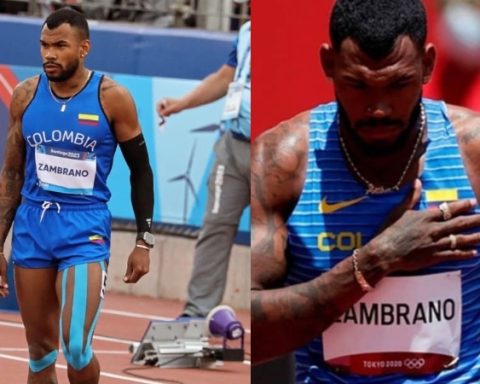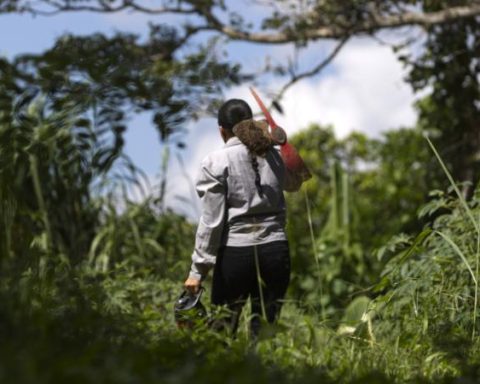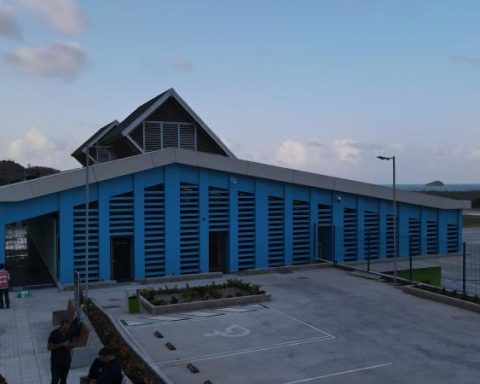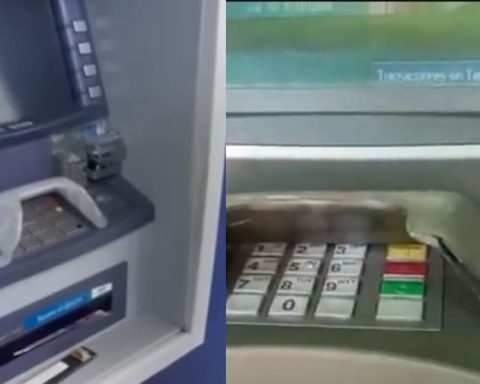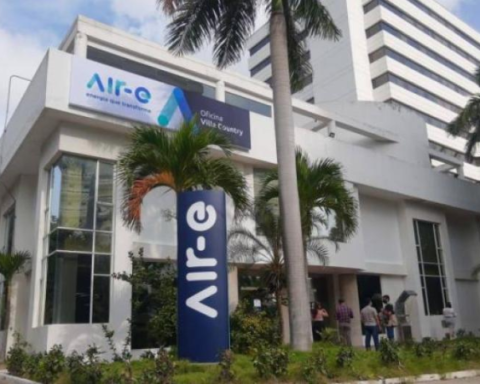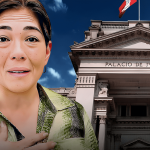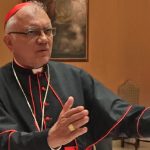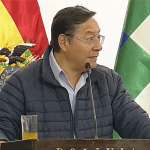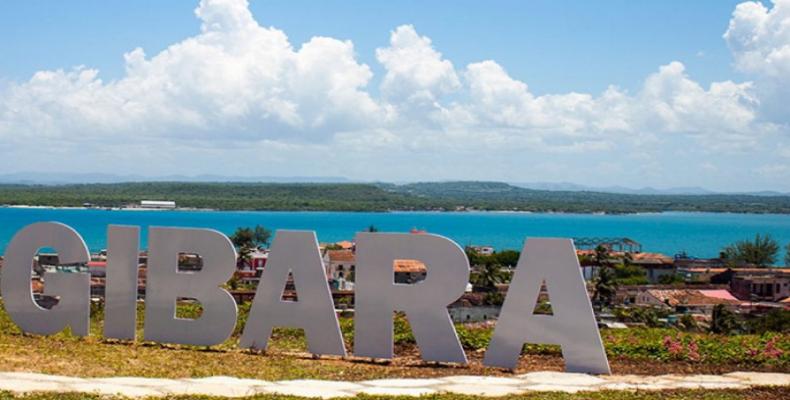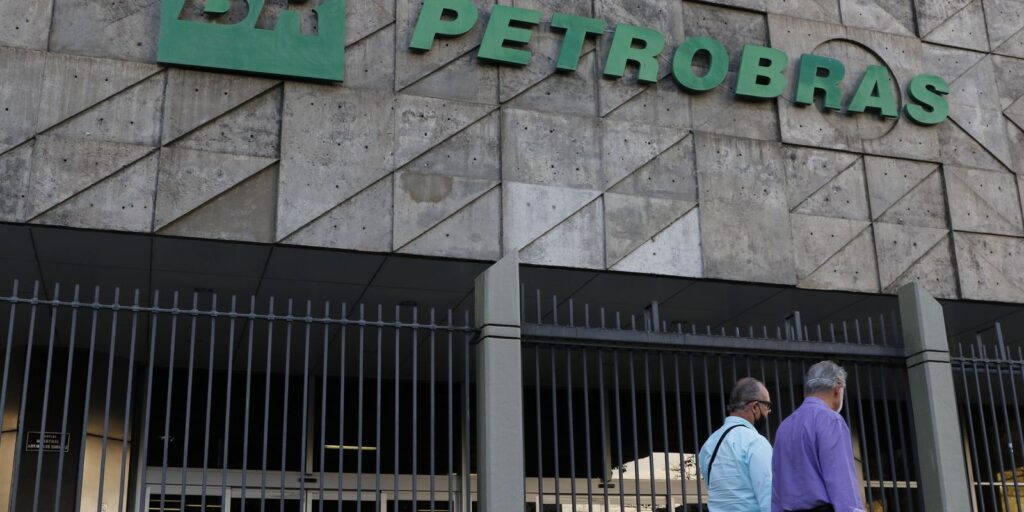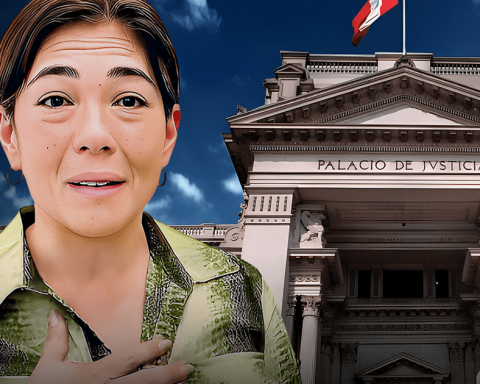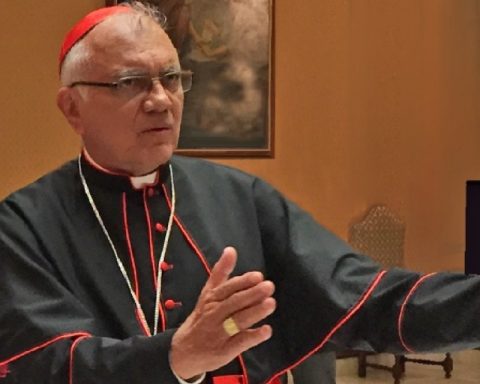A few days after the closure of the government of President Iván Duque, the environmental agenda and the events carried out in his mandate, take on importance before the presentation of the results of the sector.
(‘We leave a path in the climate agenda of the Nation’: Minambiente).
In dialogue with Portafolio, the Minister of Environment and Sustainable Development, Carlos Eduardo Correa, spoke about the balance of these four years and his recommendations for the incoming cabinet.
Did it meet expectations?
I am very satisfied with the achievements we have had in the four years and also with public policy, because we have built more than 100 regulatory instruments that allow us to advance in the different sectors, in agriculture, mining, energy, transportation and sustainable mobility.
What were those plans set?
We had great purposes that were to be carbon neutral and have a positive biodiversity by the year 2050. We joined international commitments within the framework of the Paris Agreement, with the objective of reducing 51% of greenhouse gas emissions, with 196 actions of mitigation and adaptation to climate change.
We manage the Climate Action Law, the Environmental Crimes Law in 2021, the Conpes of the national system of protected areas, the deforestation system, the NDC system and the climate action cabinet was created.
I am happy to have led the 180 million tree program, which was a commitment made by the President at the World Economic Forum in 2020, that Colombia would plant 180 million trees by 2022. Already today we have 141 million trees on our counter. We also have One Million Corals where we are already reaching 400,000 coral fragments.
How much money was invested in these initiatives?
One Million Corals is approximately $8 billion. It has resources from the Ministry of the Environment and also from international conservation and other allies. The largest investment in marine research has been made, with more than $20 billion in expeditions. In the 180 million trees program, there are investments that exceed $200,000 million. The private sector assumed important commitments of up to 12 million trees with entities such as EPM, 6 million with Ecopetrol, 2 million with ISA.
In terms of deforestation, how is the country?
We set ourselves a goal in these four years to decrease by 30% based on a trend model. By 2017, deforestation was growing exponentially, presenting 219,000 hectares. In 2022 to June, we see that we have achieved the goal of the development plan of 30% and by 2021, which was the last closure, we had 174,000 hectares.
Why is the circular economy important today?
Colombia today is a leader in circular economy in Latin America and the Caribbean. We have had a strategy for two years and we are incorporating each of the components of carbon neutrality in the private sector. We see that since 2018, the recycling rate was 7% and today we are going to exceed 14%.
How is the energy transition going?
Today we see how the energy transition is advancing rapidly in Colombia. Four years ago the government began, only 0.4% of the energy matrix was renewable, non-conventional, wind and solar. Today, we are going to be exceeding 15% of the energy matrix and incentives have been built for the sectors so that they can speed up the transition.
(‘One thousand sustainable companies, the goal for next year’).
In sustainable mobility, the goal of this government was 6,000 electric vehicles in circulation. We are already over 7,000. By 2030 we hope to have 600,000 vehicles. All this makes us build a new economic, social and environmental model of green employment, where we hope that by 2050 more than 20% of GDP will be generated by sustainability.
What do you feel you missed out on?
I think the road is long, not only for Colombia. Today we are talking about the fulfillment of a national development plan in four years, but also of a strategy for 2030. Therefore, it is important to define a roadmap for the next 30 years, but showing results and actions in the territory.
We need to consolidate actions in climate financing, where today we are leaders at the global and Latin American levels, to be able to have those resources and take them to the territory.
We have a consolidated carbon tax that today reaches the Ministry of the Environment to invest in sustainability. We have a financial instrument, such as the Colombia management, which has already been signed with US$245 million, US$116 million from international cooperation for the next 10 years. Also royalties from the environmental sector for the first time, where we have around $600,000 million every two years to be able to invest in science, technology and sustainability actions.
Do you have any recommendations for her successor?
You have to build on what is built. We must improve, not lose the path that has already been traced, that has been built with the communities, with the private sector, the public sector, the Congress of the Republic through laws. Continue working in the fight against deforestation and the protection of our forests as a fundamental axis of the government.
DIANA K. RODRIGUEZ T.


